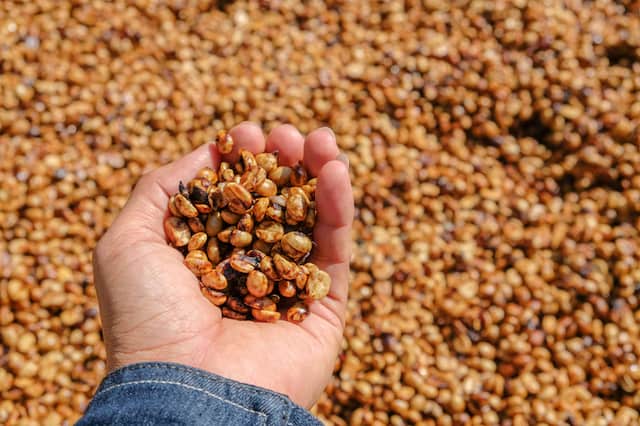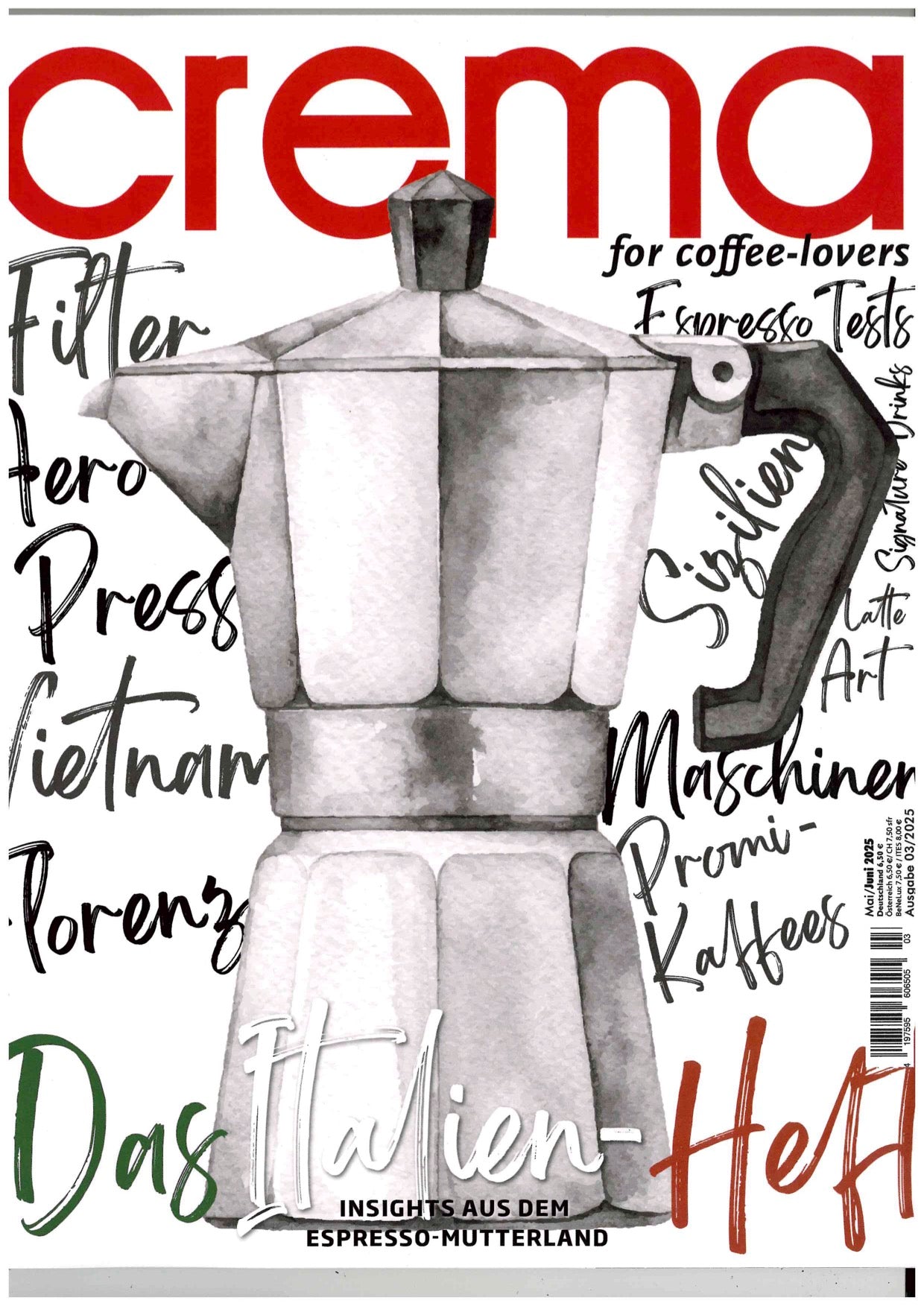First of all, it should be revealed that “honey processing” has nothing to do with honey.
The name is explained by the appearance of the individual beans. Here the cherry is pulped, ie freed from the outer skin, but at least a thin layer of the pulp - the "mucilage" - remains. If the cherry is placed on a drying bed in this state, for example, this layer gives the optical impression that it has been coated with honey.

The color of the cherry depends, among other things, on how much mucilage is still stuck to the individual bean. However, the processing method also plays a role. Many pulping machines allow you to adjust how much of the pulp is to be removed. If a thick layer remains stuck, a dark, almost black color is created. If more is separated, the cherry takes on a red to orange color. If the layer is almost completely removed, the cherry looks almost white. This is called “white honey.” The name is determined by the producers themselves.
The color can change slightly during processing, depending on how long the cherries are processed and under what conditions. If they are dried in the sun for a long time, they can also lose color. Drying naturally reduces the moisture content of the beans. After drying, the beans can be freed from the mucilage and then dried again until the desired moisture content is reached.
Coffee that has been through honey processing is usually particularly sweet when consumed. However, this does not mean that the sugar content in the beans is higher than in processing methods in which the pulp has been completely removed. The natural sweetness penetrates from the pulp into the bean itself during the drying process and thus provides the special note.










